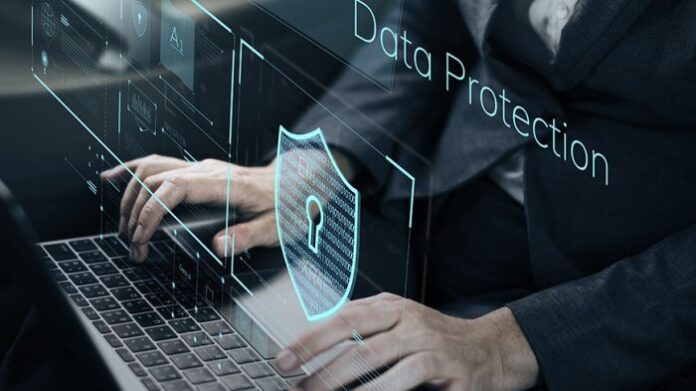“Internet” and “oh no, my precious sensitive information can get hacked any second if I am not careful online” are synonymous. Cybercriminals are such a nuisance. Compromising your online safety and threatening to infiltrate your personal life? Not cool.
But fret not, dear reader. That is why data protection exists. Now the question is:
- What is data protection?
You may as well add another question:
- Why is data protection important?
That’s exactly what we will answer in this article.
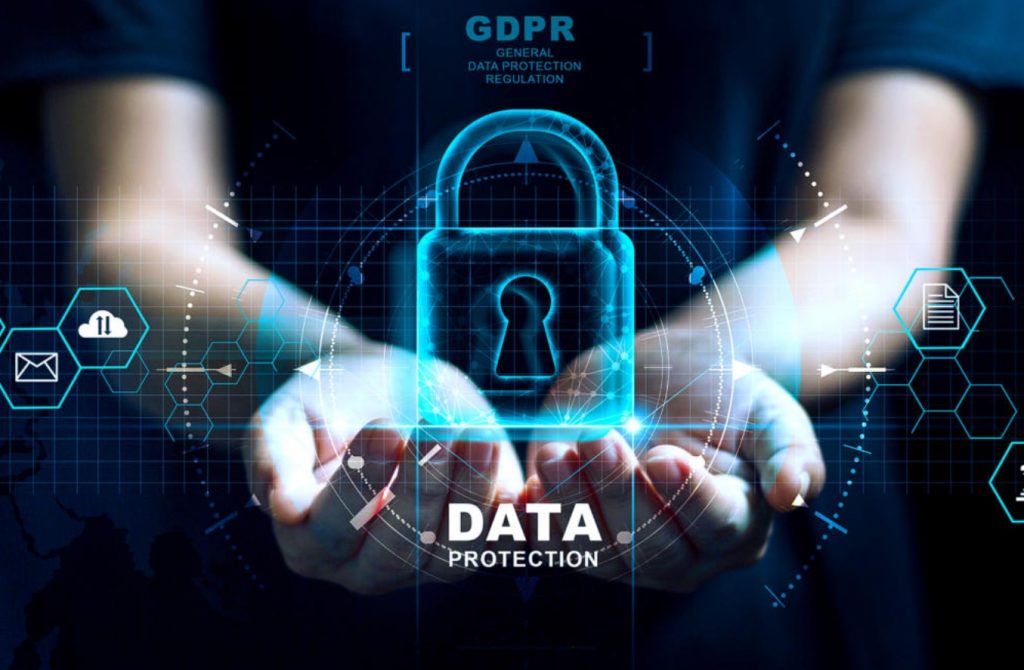
What is data protection?
Data protection refers to mechanisms and guidelines that help you prevent unauthorised access to personal information and illegal use of that information. Downloading online security software is data protection. Encrypting your online exchanges is data protection. Applying patch fixes to correct bugs in the system is data protection. We’ll discuss what constitutes data protection more in the later sections.
Data breaching
As the name suggests, data breaching is the act of infiltrating private information for misuse. You protect your data (data protection) from getting breached (data breaching).
The dangers of data breaching increase with the exponential use of modern technology and the Internet. Fortunately, if data breaching has grown, so have ways to safeguard your data.

What counts as data?
PHI (Public Health Information) consists of your medical records, prescriptions used, operations, surgeries, treatments, physicians visited, hospitals frequented, existing medical conditions, and anything that has to do with your health history.
PII (Personally Identifiable Information) is all your sensitive information and credentials like credit card numbers, bank account numbers, social security numbers, email accounts, passwords, private messages, driver license numbers, passport information, home address, phone number, family relations, tax payments etc.
Data can also be categorised as personal and corporate data. PHI and PII are personal data.
Corporate data has to do with an organisation’s collective information. It includes employee records, sales information, the company’s online infrastructure, consumer history, unreleased product information, records of private deals and negotiations, usernames and passwords, etc.
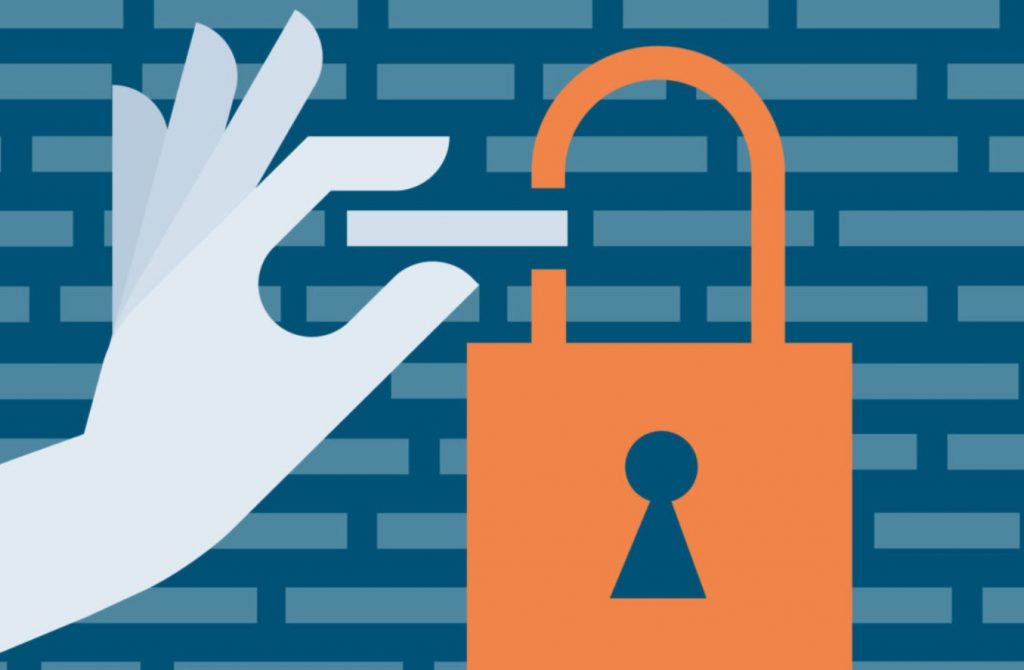
Famous cases of data breaches
Equifax, a US-based credit agency, reported a data breach that exposed the sensitive credit card information and sensitive data of 147.9 million users in 2017.
Graphic design website Canva suffered a data breach that revealed sensitive information like usernames, passwords, email addresses, partial credit card information and transaction histories of around 137 million accounts.
MySpace, a famous social media platform, suffered a data breach in 2016 that exposed the login credentials of 360 million users before 2013. The accounts were put up for sale on the dark web.

Importance of online safety and data protection
The above explanations and examples should be enough to give a sense of urgency in wanting to protect your data. In case it hasn’t, here’s why securing your online data is crucial and you should start doing it immediately.
Identity thefts are the most common cybercrimes online. ANYONE that has your credentials can act as you anywhere they want. They can send emails, upload embarrassing things, access your private files, and do as they please. Your account is their puppet and your identity’s use (misuse in this case) is at their mercy.
More important than identity theft is financial information. We frequently save our banking information on many trusted and verified websites. Amazon, eBay, Steam, Netflix, Walmart, Ikea, all streaming services, shopping websites, and online services. One data breach and not just your activity records but also your credit card information are with the hacker.
Did you receive an unauthorised charge of $1000 on your credit card? Have no idea who did it? Yes, your data was breached and someone just used your information without your consent. Let us tell you, monetary misuse is going to damage you a lot more than a simple social media hacking prank.

How to implement data protection practices
-
Encryption tools
Encrypting your data is a marvellous way of protecting it. Encryption involves scrambling data and using a key to recollect the data and making it readable on the receiver’s end. Anyone without access to a key will have a rollercoaster ride trying to decrypt the data. Many free tools allow encrypting web activity, email exchanges and other forms of data exchange.
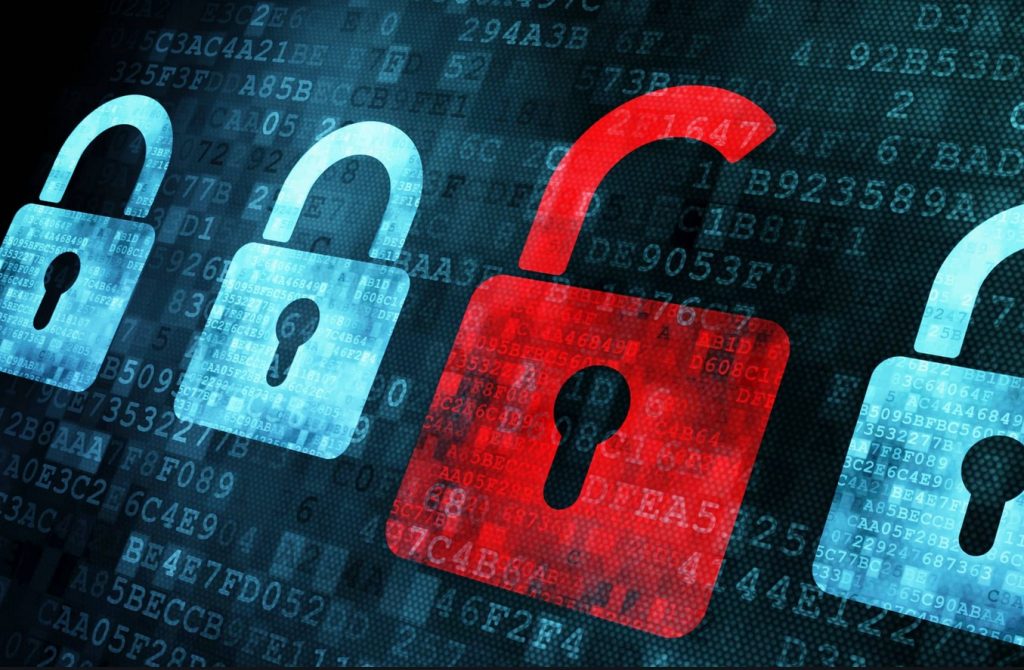
-
Secure cloud backup
You most likely have some experience with Google Drive. Google Drive is an example of cloud storage. Cloud storage systems create electronic copies of your data and store them securely. Encryption options are also available. Google Drive is not the only cloud storage. Dropbox, Microsoft’s OneDrive, and iCloud are some other famous storage drives. Most cloud storages allow a free amount of storage space. This is more than enough for regular personal use.
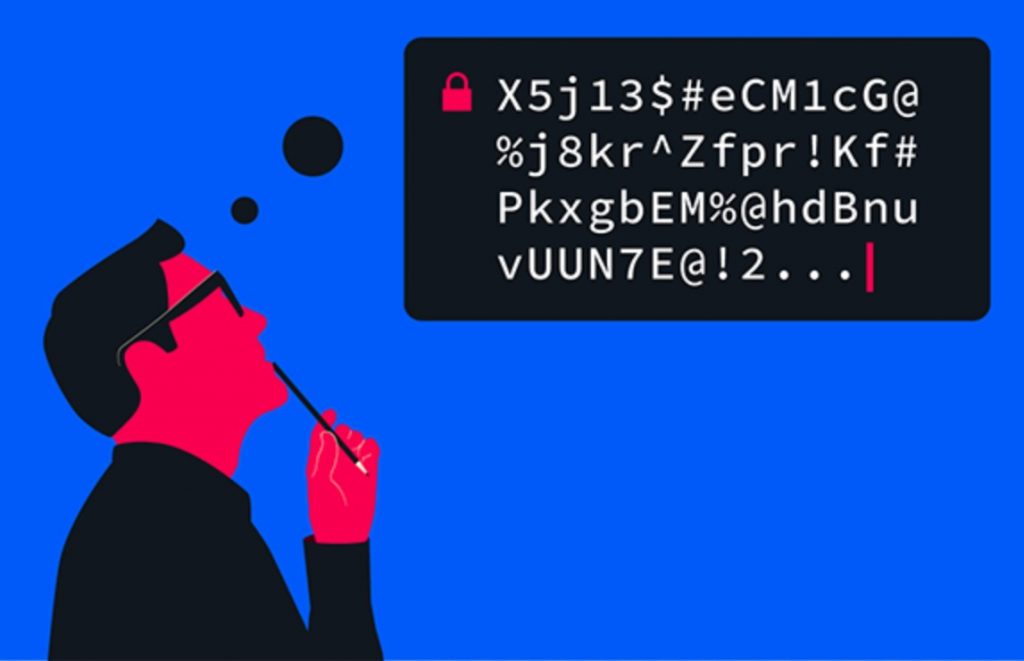
-
Password shuffling
A simple way of protecting your data is to change your account passwords regularly. Also, keep in mind to use strong password combinations.

-
Limited social media information sharing
You willingly present your personal information on social media. Sharing every location you frequent, giving out information like phone number and address, and accepting requests from every stranger is going to compromise your data in a huge way. Limit your social media interactions and posts to what’s relevant for you. You can use Nuwber for identity check if someone new or suspicious tries to get in touch with you.
If you don’t want to be one of the users described in those massive hacking statistics, it’s in your best interest to start implementing these best practices for data protection. Educating yourself more on the topic will also help a great deal. Till you do that, the information presented in this article is adequate to give you a sufficient understanding of what data protection is and how it functions. All you have to do now is start implementing it, securing your network and start protecting your online presence.

